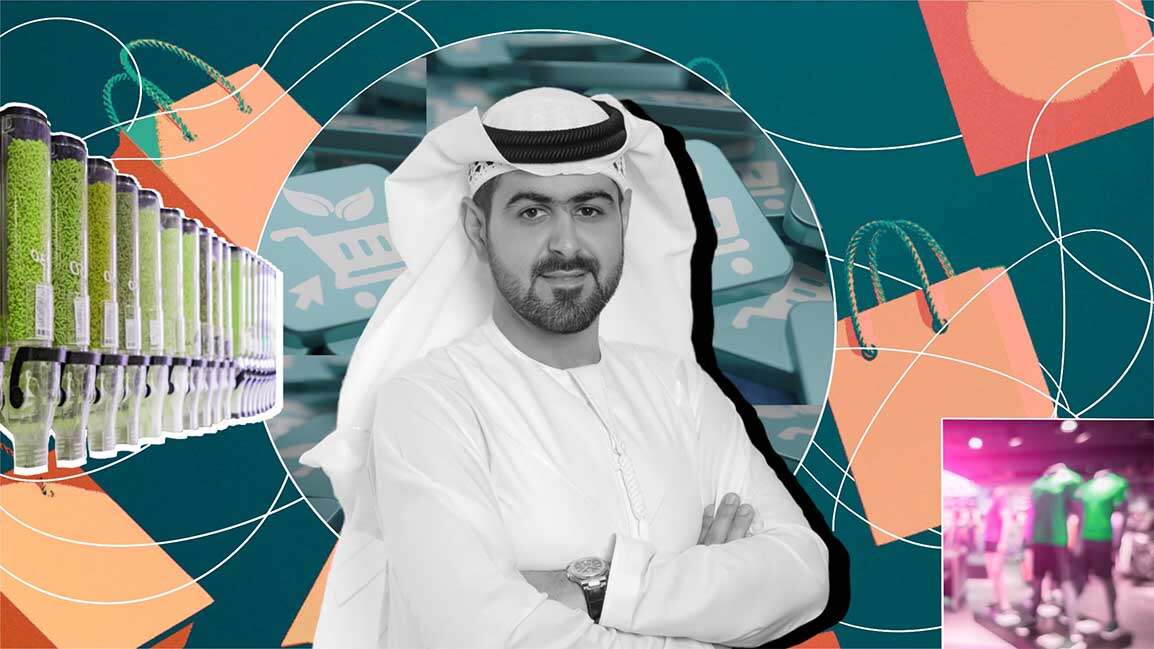- | 10:14 am
How building managers can improve indoor air quality and reduce energy use at the same time

As the world re-emerges from the pandemic, we as a society are faced with two key challenges: First, how can we incorporate the lessons learned about health and shared spaces moving forward? And second, how do we remain mindful of these considerations while also tackling the existential threat of climate change? With the workforce now returning to offices, commercial real estate is the battleground where these challenges must be addressed head on.
Building owners are under pressure to address this paradox of maintaining indoor air quality at a new, higher standard, while not only avoiding increases in energy use but also actively lowering it to meet ambitious emission targets. The traditional approach to HVAC, of simply monitoring temperature and turning the knob accordingly, simply doesn’t cut it in a post-pandemic, carbon-conscious world. The key tool that commercial real estate needs to embrace to overcome this global challenge is the informed, strategic use of data.
Studies show air quality is the top concern for most employees returning to work in-person. According to the EPA, there are two primary methods of alleviating this concern. The first–diluting pollutants with ventilation from outdoor air–can be limited by poor outdoor air quality or weather conditions. Additionally, the temperature of this air must be at a comfortable range for building occupants. If not, energy-intensive resources will be needed to either heat or cool this air, a process that becomes more difficult as a larger percentage of air in the office is sourced from outside.
As a result, many offices are turning to the second EPA recommended method: Portable air cleaners and HVAC or furnace filters and other duct-mounted air cleaners installed in a central HVAC system. While effective in removing harmful pollutants from the air, building managers are again faced with the issue of energy use. In a typical commercial building, HVAC accounts for up to 40% of total energy usage. This figure can be even higher in buildings that incorporate the use of thicker MERV 13 filters to capture finer particles such as aerosols that can transmit disease. Although more effective than MERV 8 in cleaning indoor air, the trade-off of energy use emerges yet again.
While many building owners may feel stuck between choosing to address health and safety or sustainability, thanks to data and technology, saving energy and strategically monitoring and cleaning indoor air can work congruently. An easy way to start is the installation of localized HEPA filters, which assist in improving health while simultaneously lowering energy costs. Localized HEPA purifiers are low-cost and low-energy, typically running on the same power as a medium intensity light bulb. They can clean spaces up to 1,200 square feet, around the size of most office and conference rooms, the areas where staff spend the most time.
But why stop there? Today’s technology allows for a much more comprehensive approach, utilizing advanced sensors. These affordable sensors can be easily incorporated into traditional HVAC systems within commercial buildings, providing real-time data which then informs the deployment of air filtration and temperature control. By activating localized purifiers specifically where people are, and avoiding use in unoccupied areas of a building, these strategic HVAC systems can result in a more effective indoor air purification system with significant reductions in energy use.
This energy savings not only improves ESG performance to please investors and help the planet, but also saves property owners big bucks. Improved HVAC usage based on data, rather than the archaic hot/cold model, results in lower energy costs, increased capitalization rates and improved loan potential. The companies occupying these office buildings can also save, with studies estimating that proper ventilation in a workspace can increase productivity by $6,500 per person per year.
The truth is, building managers who aren’t updating their HVAC with better indoor air quality data and filtration are already behind. In five years, these tools will be ubiquitous. An outdated HVAC system puts employees and sustainability goals at risk—but the fix is easy, readily available and effective.


































